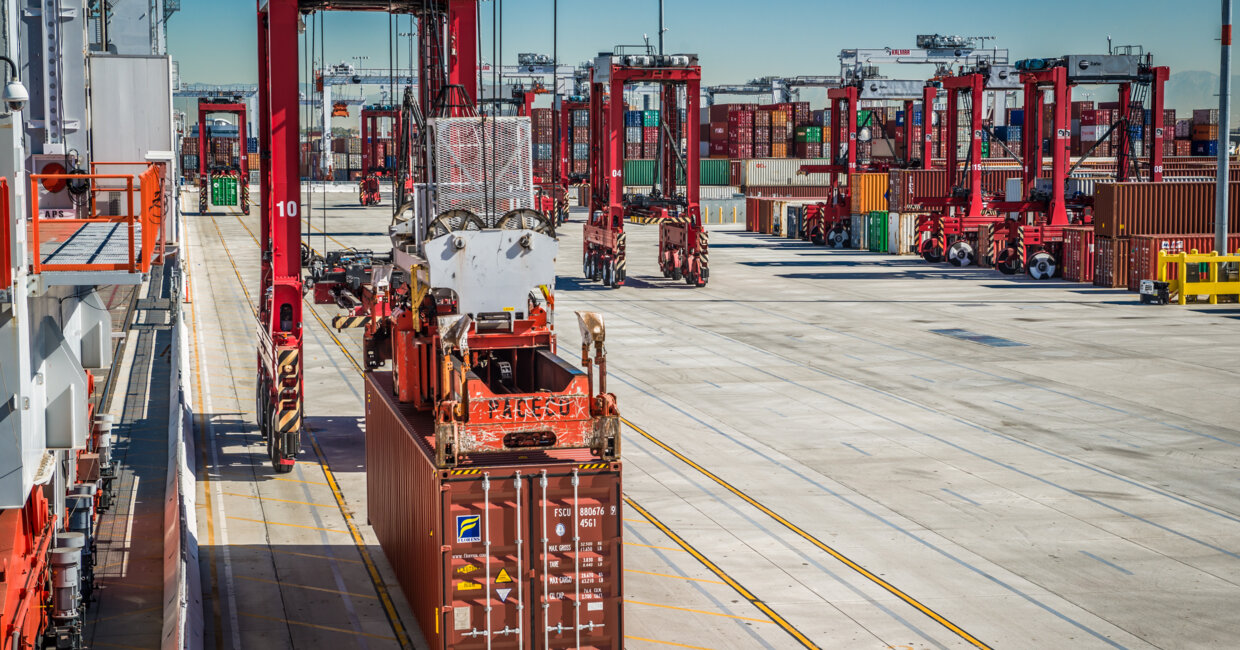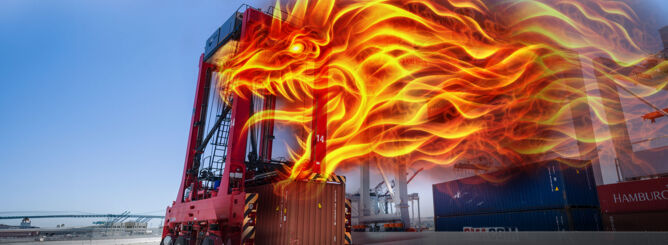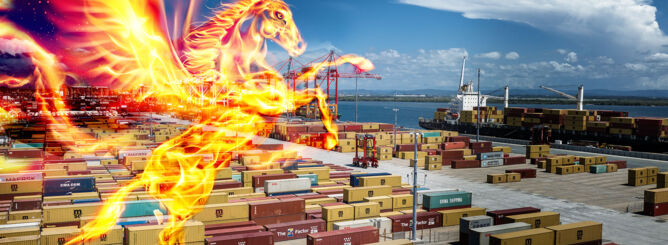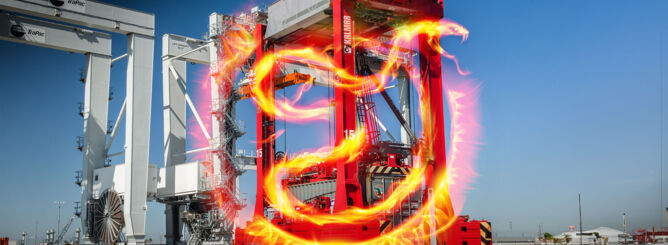Planning for the next 25 years
Terminal automation requires a stronger focus on holistic, long-term system maintenance and increasing value over the entire lifecycle of the solution.
As engineers and terminal designers, we have a natural tendency to focus on the project phase, go-live period and the early stages of operation. Both we and our customers are always eager to deploy the best equipment and most advanced solutions, but once the system is handed over to operations and maintenance staff, the assumption is that the solution will just work optimally from there onwards. However, this is only the beginning.
The ecosystem comprising different software and hardware solutions creates the foundation for terminal automation, with everything needing to work seamlessly together. Hardware and software can no longer be separated from each other. We need to understand this new kind of operating environment, and have the right skills and people to understand the dependencies and logic of the ecosystem.
For example, something that first appears to be a software problem might actually result from connection drops in the network, hardware or firmware problem, equipment condition such as flat tyre, or poorly communicated changes in the terminal infrastructure layout. To solve an issue, we need to be able to work together and have processes and tools that enable us to analyse the entire technical ecosystem with the customer and all parties that are involved.
Predictive maintenance and open interfaces
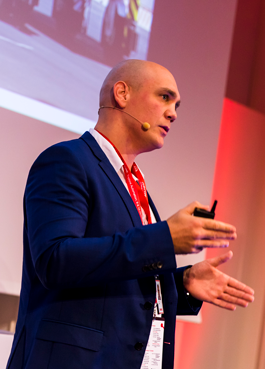 Servicing an automated terminal involves a significantly deeper level of interconnection as well as a stronger reliance on technology than at manually operated terminals. Traditional planned maintenance and ad-hoc repairs are no longer acceptable, and terminal operators must think of how the system will be maintained right from the start of the terminal design stage.
Servicing an automated terminal involves a significantly deeper level of interconnection as well as a stronger reliance on technology than at manually operated terminals. Traditional planned maintenance and ad-hoc repairs are no longer acceptable, and terminal operators must think of how the system will be maintained right from the start of the terminal design stage.
Once we learn how to utilise the wealth of data generated by our software and equipment, we need to move towards true predictive maintenance on all levels of the system. New tools and processes are needed to ensure the best possible availability and performance, and these must span over the entire technical ecosystem, throughout its lifetime
Other industries are already setting the benchmark for connectivity, information sharing and continuous improvement and we in cargo handling need to follow. The development of industry-wide standards and open interfaces is a key step in this direction. With the launch of our new automation system Kalmar One and the Kalmar Key open interfaces, we are driving the industry towards more open and standardized future.
Gaining value from data
Automated and semi-automated terminals produce massive amounts of data, which is a blessing but also a challenge. Until now, the focus has been on using process and equipment data to optimise and tweak performance, but opportunities in utilizing the information for maintenance purposes is still very limited. This is also something that terminal operators should put more focus on in their demands to their system and equipment providers.
Many terminals are not aware of the possibilities of monitoring and data analysis tools such as Kalmar Insight in equipment maintenance. We still see maintenance planning and follow up routinely carried out with Excel sheets, with staff needing to read engine hours and faults codes on equipment manually. Customers are sometimes amazed by what can be accomplished even with relatively simple fleet management solutions.
Towards lifetime services
The moment when the automation project is delivered is only the starting point of a 10-25 year journey, and terminal operators and system providers need to prepare themselves to undergo a constant evolution that is required in a rapidly changing business environment.
The great thing about automation is that much of the evolution takes place in the software realm, which means that along with various fixes and improvements, we can also deploy new features on a continuous basis. In a way, this is the whole key to delivering additional value over the entire lifecycle of the system. When defining the solution, we need to extend the focus to maintaining and increasing the delivered value far into the future. After 25 years, the only remaining part of the original system will likely be the steel structure of the cranes, so the entire platform and all suppliers involved need to be able to support this continuous change.
Gaining value from an automated terminal is a lifetime journey. Automated operations require a new way of thinking, a new way of operating, as well as new skills and roles. Automating the container handling equipment is much easier than changing the way of thinking and operating. Both your terminal and Kalmar's solutions are sure to go through a lot of changes over the upcoming years, so we need to be prepared for this together.
Mika Seppä
Vice President, Customer and Project Services, Kalmar
